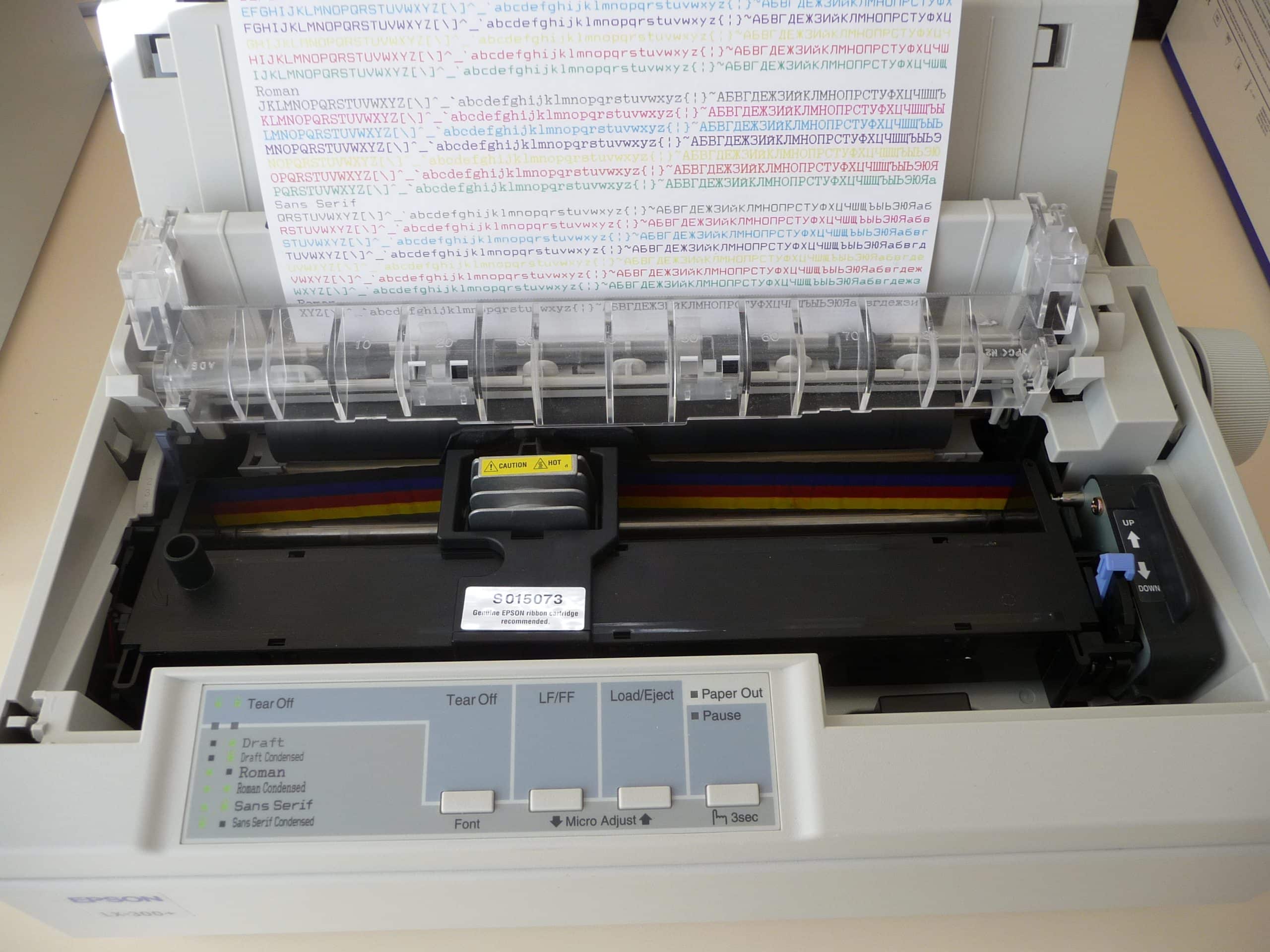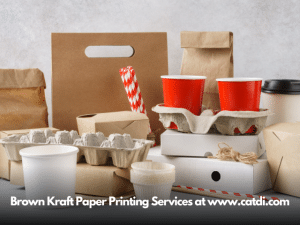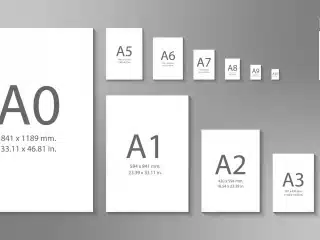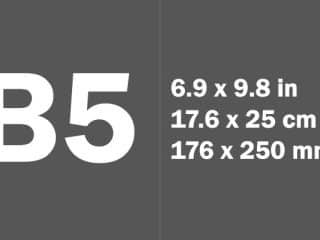Last Updated on April 15, 2023 by Carlos Alonso
If you’re in the printing industry or you’ve had something printed before, you may have heard the term “dot printing” being thrown around. But what exactly is it, and how does it work? In this article, we’ll dive into the world of dot printing, exploring what it is, its advantages, and how you can utilize it for your printing needs.
What is Dot Printing?
Dot printing, also known as halftone printing, is a printing process that creates images by varying the size and spacing of dots. It’s used primarily for printing photographs or images that have a gradient or continuous tone, as opposed to solid colors. This process involves converting an image into a series of tiny dots that vary in size and spacing, creating the illusion of different shades and tones.
How Does Dot Printing Work?
The dot printing process involves converting a continuous-tone image into a series of dots using a halftone screen. The halftone screen is a transparent sheet or film that has a series of evenly spaced dots or lines on it. When the halftone screen is placed over the image, the dots or lines break up the image into tiny dots, each representing a different shade or tone. These dots are then printed onto the paper in various sizes and spacing, creating the illusion of a continuous-tone image.
Advantages of Dot Printing
Dot printing offers several advantages over other printing methods, including:
- High-Quality Images: Dot printing produces high-quality images that have a continuous-tone appearance, making them perfect for printing photographs, artwork, or other images that require precise detail and color accuracy.
- Cost-Effective: Compared to other printing methods, such as lithography or engraving, dot printing is relatively inexpensive, making it an affordable option for small businesses or individuals who need to print high-quality images. Additionally, the ink used in dot printing is less expensive than the toner used in laser printing, making it a cost-effective option for printing large quantities of materials.
- Versatility: Dot printing can be used on a variety of surfaces, including paper, cardboard, plastic, and even metal. This makes it a versatile option for printing images on a range of materials.
- Ability to Reproduce Gradients: Dot printing is capable of reproducing gradients, or the gradual transition from one color to another, which is important for printing images with smooth color transitions.
Dot printing is a popular printing method that has been used for many years to produce high-quality prints at a low cost. It is commonly used for printing materials such as flyers, brochures, newsletters, and postcards.
Dot printing can print on a variety of paper types and thicknesses, including glossy and coated paper. This allows for more creative and high-end print products to be produced using dot printing. The ability to print on thicker stocks is particularly useful for products such as business cards, postcards, and invitations, where a thicker and sturdier card stock is desired.
Vibrant Color Production
Another advantage of dot printing is its ability to produce vibrant and accurate colors. This is because dot printing uses a combination of four colors – cyan, magenta, yellow, and black (CMYK) – to produce a full range of colors. Dot printing also allows for the use of spot colors, which are specially mixed inks designed to match specific colors, allowing for even more accurate color reproduction.
Limitations of Dot Printing
Despite its advantages, dot printing also has some limitations. One limitation is its resolution, which is lower than that of other types of printing. Dot printing typically produces prints at a resolution of 300 dpi, while laser printing can produce prints at a resolution of 600 dpi or higher. This means that dot printing may not be suitable for printing extremely detailed images or text that require high clarity.
Another limitation of dot printing is that it can produce visible dots or lines, particularly in areas of solid color. This is known as a halftone pattern and is a result of the dots used in the printing process. While this is not typically noticeable in most print materials, it may be visible in certain types of designs or artwork.
How to Utilize Dot Printing for Your Printing Needs
To utilize dot printing for your printing needs, follow these tips:
- Use High-Quality Images: To achieve the best results with dot printing, start with a high-quality image that has a high resolution and good color depth. This will ensure that the final printed product looks sharp and vibrant.
- Choose the Right Paper: The type of paper you choose can have a significant impact on the final result of your printed image. Choose a high-quality paper that is compatible with your printing method and that will showcase the colors and details of your image.
- Work with a Professional Printing Company: Dot printing is a complex process that requires a high level of expertise and specialized equipment. Work with a professional printing company, such as Catdi Printing, that has experience with dot printing and can produce high-quality images for your printing needs.
- Consider the Size and Resolution of Your Image: The size and resolution of your image can impact the final result of your printed product. Consider the size of your image and the resolution required to produce a high-quality print that accurately represents your image.
In conclusion, dot printing is a highly effective printing process that produces high-quality images with precise detail and color accuracy. By understanding how dot printing works, its advantages, and how to utilize it for your printing needs, you can produce stunning printed products that effectively communicate your message. Contact Catdi Printing today to learn more about how we can help you with your dot printing needs in Texas and it’s environs.
















